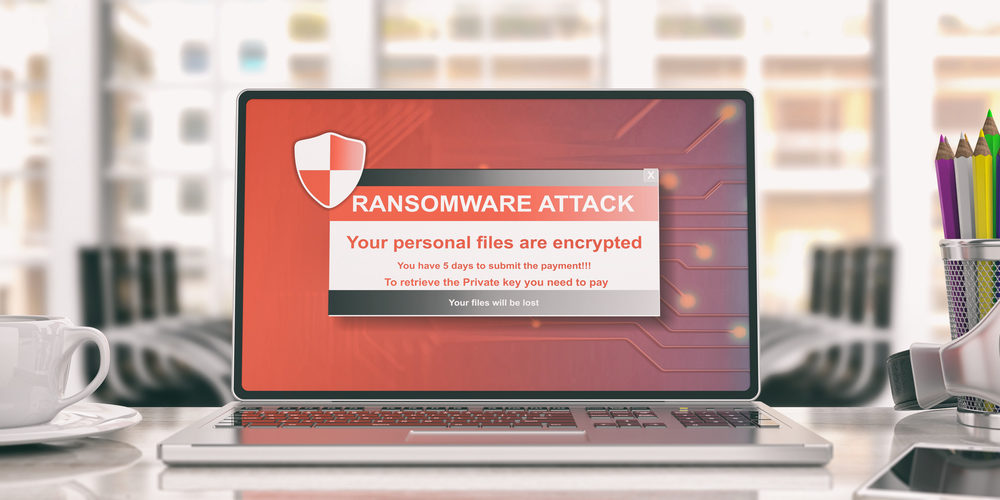The bad guys aren’t limiting their scams to just your email account – they’re attacking you via social media, too! They create a fake profile and request to be your friend, or send you a message. They come off as wanting to be friends (in some cases, maybe even more), but what they really want is your money or your friend list. With access to your friend list, the bad guys will have even more people to target.
Don’t let them manipulate you! Don’t add or message people on social media that you do not know. These “random” profiles reaching out to you are fake and could lead you into a potentially dangerous situation.
Let’s stay safe out there!
Stop, Look, and Think. Don’t be fooled.






